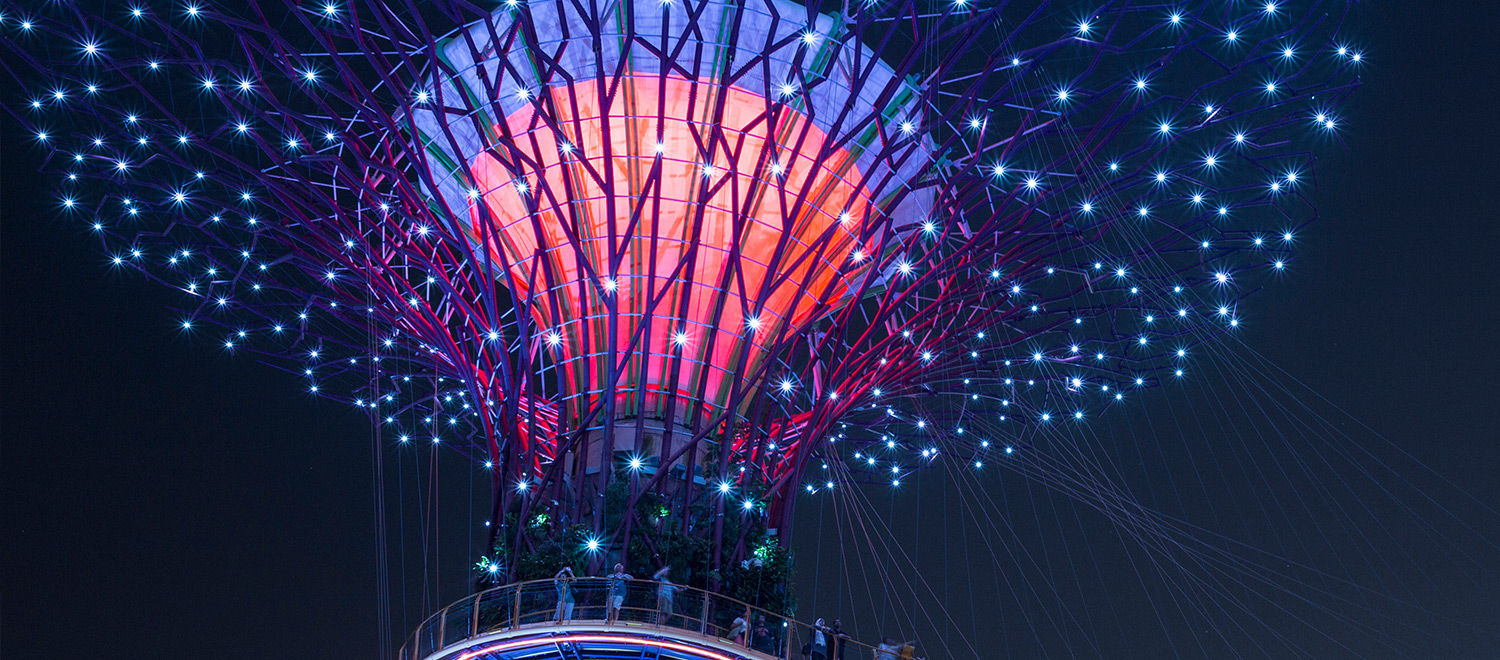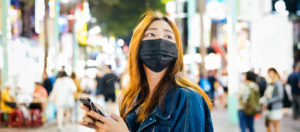This is a milestone week for Asian Americans. “Crazy Rich Asians” opened at $5 million on Wednesday and is expected to bring in roughly $25 million domestically over its five-day opening. The movie has received overwhelming positive response from both industry critics and the Asian American community, garnering it a 92% Rotten Tomatoes rating.
As the first high-profile Hollywood movie with an all-Asian cast since “Joy Luck Club” 25 years ago, “Crazy Rich Asians” is doing a fantastic job breaking the bamboo ceiling for Asian Americans in entertainment. From organized private viewings to social media shout outs, Asian Americans have been celebrating this historic moment around the country with incredible enthusiasm. #CrazyRichAsians is already trending on Instagram and Twitter, with passionate movie-goers sharing their love and support for the first major Asian representation in Hollywood in a long time.
Think this is just a movie for Asians? Not at all!
Here are 3 reasons you should definitely hit the theatre this weekend.
1. It is one of the few Hollywood narratives that portrays Asian Americans as individuals and not just racist stereotypes.
You won’t see any martial arts masters, sexy geishas, mad scientists, or book nerds in this story. Possibly for the first time in a Hollywood movie, you will meet a wide range of Asian characters and personalities. From your sassy bestie to a hot Asian boyfriend, from that unexpected ally to the judgmental mother-in-law, every character is uniquely Asian, yet universally relatable at the same time. In many ways, this is the modern version of “Cinderella” or “Meet The Parents”, crafted with Asian ingredients and flavors. The most beautiful part of the movie is that people from every culture can relate to it, yet it is filled with rich nuances only those who have been engrained in the Asian culture can understand.
2. It is the perfect depiction of the complex cultural identity of Asian Americans, or for that matter, anyone who grew up in two or more cultures.
This is so much more than just a love story. It is also a story of cultural struggles that many Asian Americans have experienced—the struggle to find balance between their conflicting cultural identities. Many Asian Americans grow up finding out that they aren’t typical Americans, and yet aren’t “real Asians” either. That struggle has real world consequences. Too “asian”? Get called a “FOB” – an unkind acronym meaning “Fresh Off the Boat.” Too mainstream? Get called a “Banana” – a not-so-kind nickname for Asian Americans: yellow on the outside but white on the inside. In “Crazy Rich Asians,” Rachel, the lead character struggles with her cultural identity. As an independent and successful young woman growing up in a middle-class New York family, her actions and values completely clash with her boyfriend’s traditional and ultra-rich family in Singapore. In many ways, this is more than just a love story, but a steaming drama of when east and west cultures clash.
3. It is a sneak peak into the new affluent Asian lifestyle and their conspicuous consumption.
When “Sex and the City” exploded onto the small screen in late 90’s, it wowed audiences with a look into the lives of New York fashionistas. It made Manolo Blahnik a household name for even the least savvy fashion consumers. Crazy Rich Asians offers a look into the lives of the Asian ultra-elite and their otherwise unimaginable luxury lifestyle. From Carolina Herrera to Maserati, the movie has no shortage of luxury details. As we discussed in our prior Dose of Asianess, conspicuous consumption is at the heart of the “face” concept in Asian culture. Luxury is one of the first signals to indicate one’s social status and level of personal success. So don’t be surprised with the always-immaculate-from-head-
to-toe style of these Asian elites. The extravagance is no exaggeration at all.
Being compared to “Black Panther” and “Coco”, “Crazy Rich Asians” is becoming an iconic force behind equal representation on the big screen. But it s more than just representation. It has opened many other conversations. It gave Asian Americans a cultural moment, and more importantly, the voice, to share their personal stories and emotional journeys with the rest of America.







